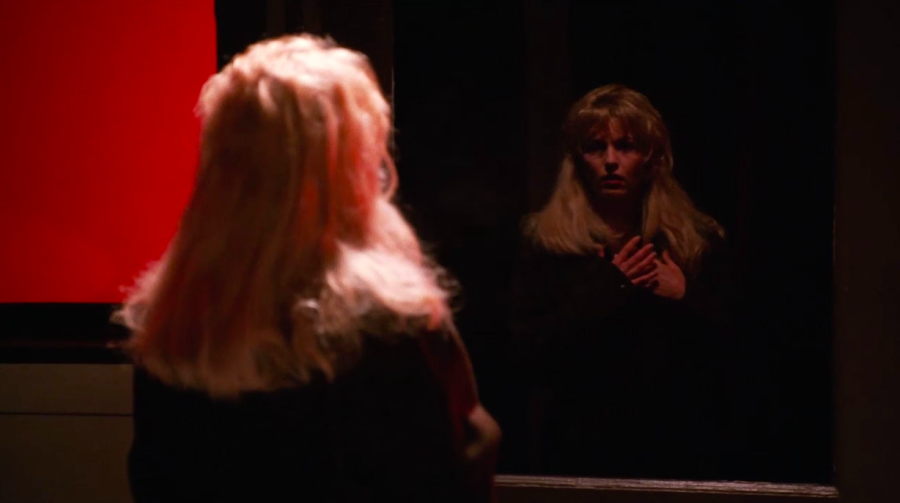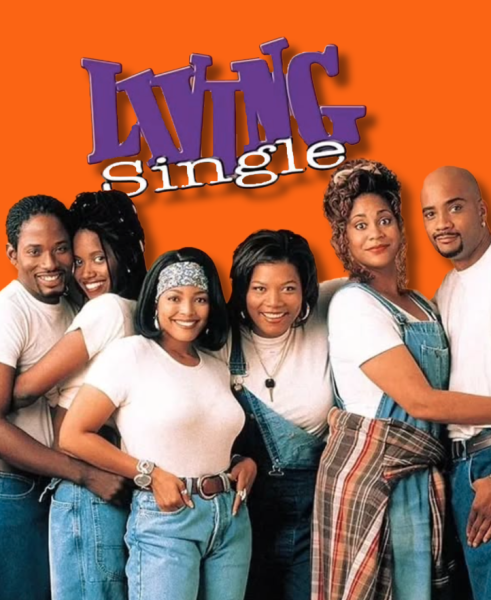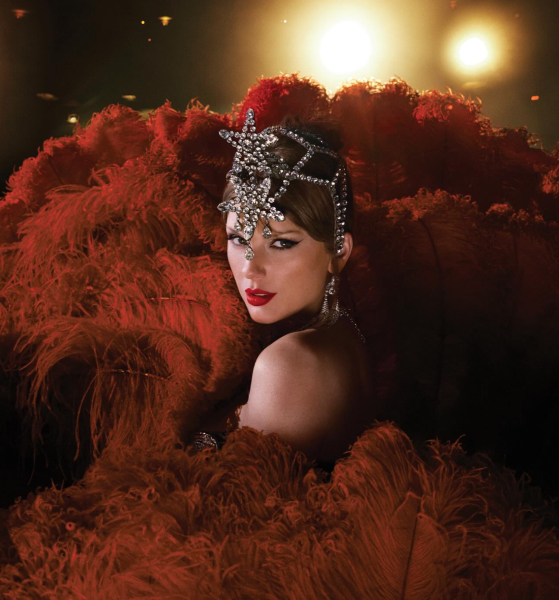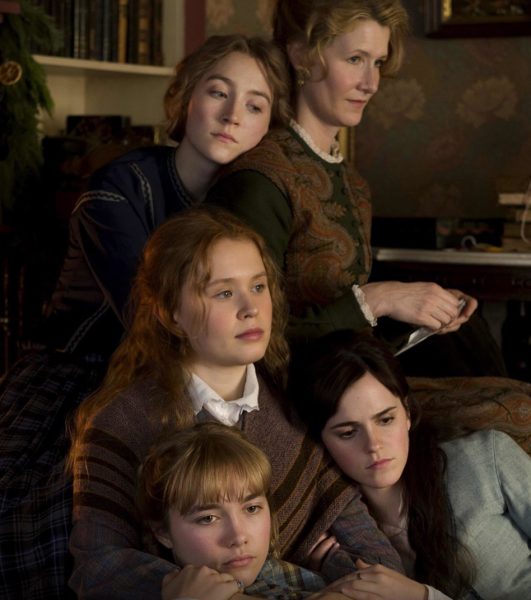The Ambiguous Allure of David Lynch’s “Twin Peaks”
David Lynch’s “Twin Peaks” is a show full of intensity, mysterious dreamscapes, twisted fantasies, and fantastic performances from actors such as Kyle MacLachlan. (Courtesy of Instagram)
“In darkness, the sound of a meadowlark’s song. / Fade In: The Meadowlark / The bright eye and beak of the bird, backlit by the first light of the rising sun.”
These are the opening lines to the production script for the pilot episode of “Twin Peaks,” written by Mark Frost and David Lynch. Despite these lines being among the first things written for the series during its 30-year run, they capture the heart of the engine running one of the most beautiful worlds ever imagined. If you look through the darkness, past the wall of negative space and into what lies beyond it, you’ll find a momentary light. If you pull on that light hard enough, you’ll find it brings forward a tidal wave of love and hope to drive away dark despair.
It’s a beautiful message, but it’s one that makes itself clear only after you’ve become intimately familiar with everything inhabiting the world of “Twin Peaks.” What starts as a simple small-town-murder whodunnit evolves into a rich deconstruction of a version of Americana disintegrating alongside the radioactive fallout of post-nuclear paranoia.
Or, “Twin Peaks” is a fable of how society fails to recognize abuse and violence against young women when heavy social pressures make them exceedingly vulnerable. From another perspective, it’s a careful examination of the many ways grief can manifest in a community that no longer feels safe. Someone else’s takeaway could be concerned with the lies required to maintain the idyllic American Dream. If nothing at all, it’s a mystifying show about an odd detective trapped in the middle of an even odder mystery.
In summary, “Twin Peaks” follows FBI Special Agent Dale Cooper and various residents of the eponymous town as they investigate the murder of the 17-year-old Laura Palmer, who, over the course of the series, is revealed to have contained multitudes of dark secrets hidden behind the “Homecoming Queen” facade deeply appreciated by the town. The deeper we go into the rabbit hole, the wider the scope becomes as Frost and Lynch introduce an intricate and abstract supernatural mythology hinting at a metaphysical, yet absolute, Good and Evil and the humanity that lies in the space between. In theory, “Twin Peaks” is about discovering what resides in the spaces between the intangible threads that stitch our reality together.
I’m not sure I can definitively state what “Twin Peaks” means to me. Every rewatch, every look, every attempt at understanding what the series fundamentally is brings new conclusions, new philosophies, new experiences. When taken as a whole, the series resists the human compulsion to “understand.” Every time you think you’ve reached a new conclusion, “Twin Peaks” will look you directly in the eyes and ask if you’re certain.
The second time you watch “Twin Peaks” will be an entirely different experience than the first time, and the third time will cause you to rethink the conclusions you drew during the second watch.
Nothing about “Twin Peaks” exemplifies this spirit more than examining the different tones taken by each of the three main works that comprise the series: the original, two-season show “Twin Peaks,” the follow-up prequel film “Twin Peaks: Fire Walk With Me” and the sequel “Twin Peaks: The Return” released 25 years later.
The original series has its moments of intensity, but, for the most part, it’s a light-hearted, 30-episode series that didn’t need to be censored to air on national television. It focuses on the spiritually optimistic Agent Cooper, who brings light and hope to any room he enters.
“Fire Walk With Me” is notorious for its tonal break with the original series, so much so that its premiere at the 1992 Cannes Film Festival was (supposedly) met with booing and hissing from the audience. Unlike the lighthearted original series, the movie was tragically brutal as it follows the last week of Laura Palmer’s life.
On the other hand, “The Return” takes a much more abstract approach to continuing the legacy of its predecessors. Directed by David Lynch for the entirety of its 18-hour run time, people continue to debate whether or not the series, which was aired in 18 weekly one-hour parts, should be considered a television series or an art film.
I haven’t even mentioned the various supplementary media like the lore-expanding books.
Within all of the various texts under the “Twin Peaks” umbrella, there are countless worlds and stories waiting to be told. Half of the fun is understanding the various connections between them, asking how Cooper’s investigation into the abstract evil space known as the Black Lodge ties into the fierce war for control of the local lumber mill between two dysfunctional families.
Co-creators Lynch and Frost expertly managed to build connections between stories that are invisible to first-time watchers and become increasingly clear on rewatches. My favorite example of this is the Blue Rose Task Force, an arm of the FBI dedicated to paranormal X-Files-like cases. The Task Force isn’t formally introduced until “Fire Walk With Me,” after the conclusion of the original series, and isn’t explored in depth until “The Return” over two decades later. It’s revealed that multiple characters from the original series are deeply connected to the task force, and, in revisiting that series with this new knowledge, you realize that the history of the Blue Rose has always loomed over the town of Twin Peaks like a phantom invisible to untrained eyes.
While just about every television show is more fun to rewatch, what differentiates “Twin Peaks” from every other show is that, in classic Lynchian style, you will not have a complete understanding of the world after just one watch. No matter how many times you go over the series, you are bound to constantly come to new realizations.
For the most part, “Twin Peaks” creates more questions than it cares to answer, begging its audience to find beauty in the unknowable. You have to come to terms with the fact that, somehow, FBI Agent Phillip Jefferies (as played by David Bowie in a cameo for the 1992 film) can cease to exist in our reality and transform into a tea kettle-esque machine at the loss of his human form. Lynch didn’t include this nonsensical narrative beat to arbitrarily confuse his audience, but to encourage the audience to interrogate the new implications this transformation creates for the stories of both Dale Cooper and Laura Palmer.
Audience interaction is key to getting the most out of “Twin Peaks.” The series only works if you are willing to engage in conversation with it, allow yourself to learn and draw your own connections. It’s a show that benefits exponentially from multiple rewatches, both because the show is structured to be rewatched and because it’s just that good. Don’t get me wrong; I’ve talked about a lot of serious themes present in “Twin Peaks,” but it is absolutely the most warm, inspiring and hopeful show I’ve ever seen. It’s an optimistic story about learning to find hope, letting that hope enter your heart and practicing that hope in every aspect of your life.
I can’t recommend it enough.
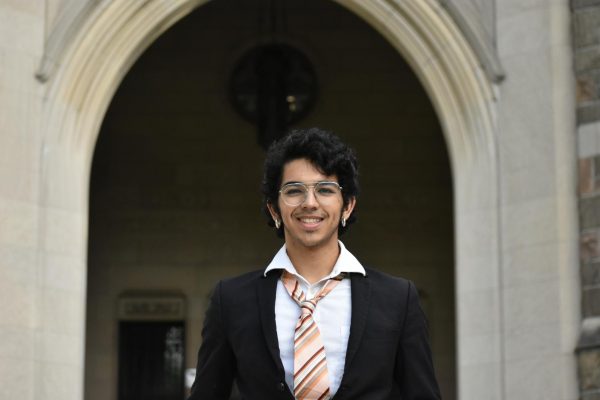
Sebastian Diaz is a senior from Chapel Hill, N. C. who is double majoring in journalism and film. After starting as a news reporter for The Fordham Ram...





































































































































































































